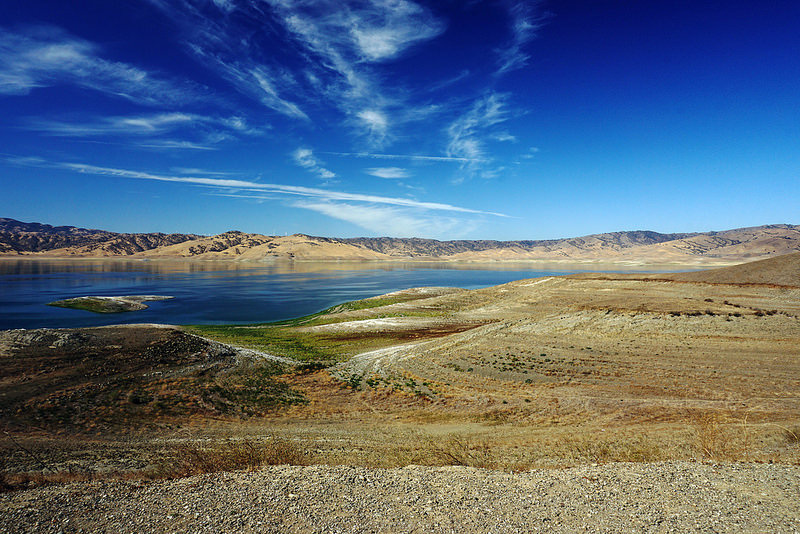| Author Wallace Stegner once wrote that, “Water is the true wealth in a dry land.” That sounds a bit more highfalutin’ than “whiskey is for drinkin’ and water is for fightin’,” a quote that sometimes is attributed to Mark Twain but that probably is just an anonymous common-sense observation about life in the West. Either way, you get the idea. Humanity may have learned how to settle and thrive here, but not really |
| | how to “tame” the place. With apologies to comedian Jeff Foxworthy and his “redneck” jokes, if you have had to ration water, put tires atop your roof to keep it from flying away or filled a sandbag or two to keep the floods out of your house, you might be a westerner. I originally wrote that last line four years ago next month. I had just met with Salt Lake Mayor Ralph Becker, who wanted to reassure the Deseret News editorial board that enough improvements were in place to keep North Temple from turning into the raging river that made it famous some 30 years earlier. Today, that sounds like a conversation from a land and a time far away. As I write this, the state’s snowpack is 35 percent of normal. The West is rife with extremes. The fact that cities took root and thrived here is a testament to mankind’s ability to plan for those extremes. Don’t like current drought or flood conditions? Just wait five years. It is interesting to note, however, that Utahns seem much more prepared for floods than they are for droughts. Ironically, that may be a consequence of good planning, as well. Reservoirs and water projects are efficient enough that, even in today’s bone-dry conditions, no one worries about not having enough to drink this summer. But when it comes to how the state incentivizes individuals to treat the “true wealth in a dry land,” the record isn’t so good. A five-year study by the U.S. Geological Survey, released last year, showed that the nation as a whole used less water between 2005 and 2010, while Utah used more. Zach Frankel, executive direct of the Utah Rivers Council, told the Deseret News this week that Utah is the nation’s largest user of water per person, with everyone using 248 gallons per day. Most of that is for outdoor use — watering lawns or gardens. Frankel and others spoke as Salt Lake County and Murray announced the state’s first rainwater harvesting program. Residents in those areas now are eligible to receive huge discounts on 50-gallon barrels you can put at the end of your rain gutter downspouts. The average household could collect 10,000 gallons a year this way in order to water lawns and gardens. This is a big step in a state where, a little more than five years ago, it was illegal for any homeowner to collect the rain that fell on his or her roof. The thinking was that this water belonged to the state in order to distribute to everyone. The practical effect, however, was that it made the grass around downspouts unusually green and high while the rest evaporated or ran down gutters. Rain barrels are a great idea. But they won’t go far toward making Utahns more conscious of the wealth water represents. As I’ve said before, state lawmakers need to remove subsidies from water districts, allowing people to pay the true cost of what they use. Then those districts need to impose aggressive tiered pricing, making it far more expensive to consume excess amounts each month. As I write this, experts are predicting an El Nino weather pattern in the Pacific Ocean may bring an end to the drought in parts of the West. They said the same thing last year, too, of course. Life in the West, however, teaches that it will rain again, and probably harder than we’d like it to. And while it always pays to save for a rainy day — whether that means keeping the West Desert pumps working or building flood-control projects — it can pay just as much to save for a dry day, as well. We owe that much to the wealth that keeps this state growing. |


 RSS Feed
RSS Feed

